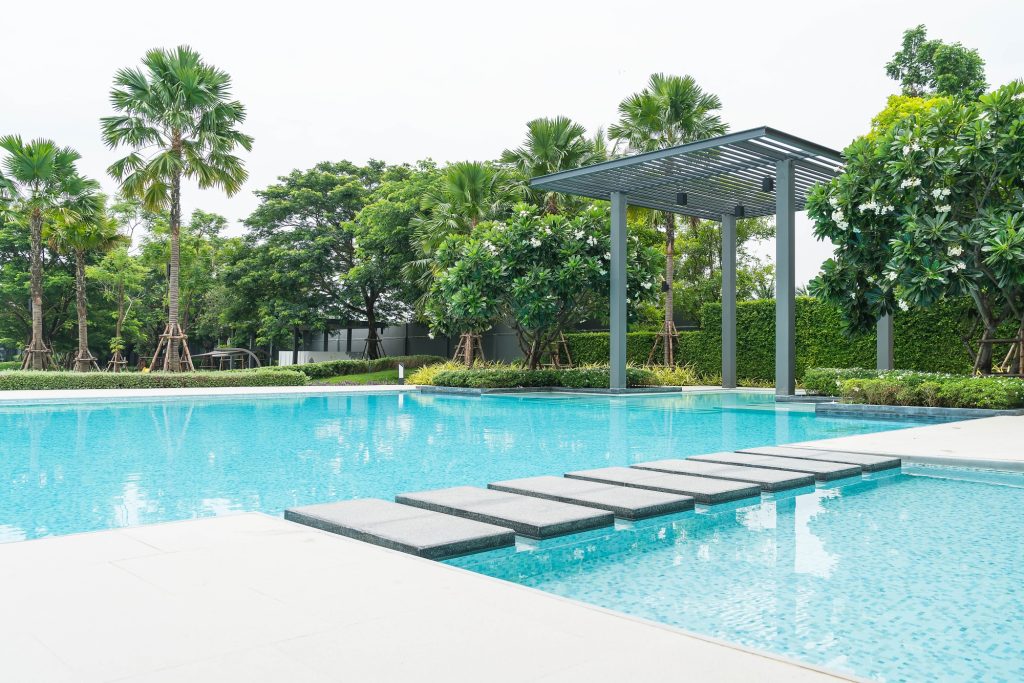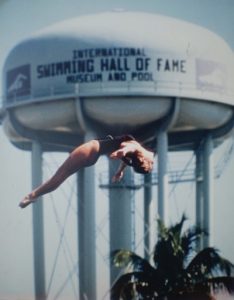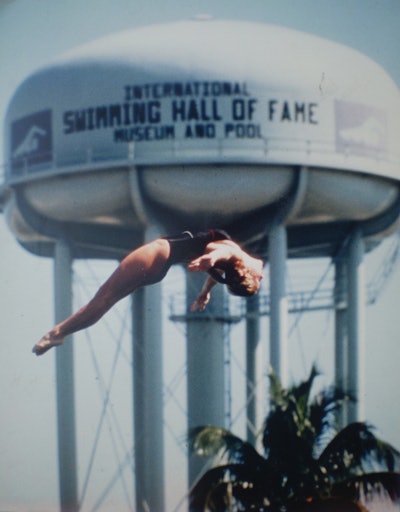by Marley Cunningham
It is common to associate the principle of user experience, or UX, with modern technologies such as smartphone apps and websites. It is a concept, however, that dates back to the 1988 book The Design of Everyday Things, written by Don Norman. Ancient Chinese philosophers have believed in feng-shui for thousands of years to create a harmonious space. Even in ancient Greece, there are nods towards user experience. This can be seen through ergonomically designed tools and Hippocrates’ writings about the efficient design of an operating room. The goal is always the same: a pleasant, intuitive, optimized and user-friendly interaction.
User experience is a key design element in product design. This includes pool access equipment. It has a profound impact on how an individual perceives and interacts with a product. These experiences, whether positive or negative, can have a profound impact on the brand’s image and reputation. There are many types of aquatic equipment that can be considered, but their commonality in terms of user experience is the results of poor design. The user journey of products designed specifically for users with limited mobility must be carefully examined, with particular attention paid to safety concerns. This article will explore the importance of the user experience in aquatic access products, as well as how they impact a business’s overall success.
Understanding the Primary Types of Access
The spectrum of disability is broad and includes many different abilities. The pool access equipment is also available in different forms. Each one serves a specific purpose to enhance the safety and ease of accessing water. The Americans with Disabilities Act 1 states that the following are primary ways of access:
Pool Lifts
Since the introduction of the water-powered lifts, in 1980, the design of pool lifts has evolved significantly. This design was a great improvement, but it also had some limitations. The water hoses that supplied the lift were a tripping hazard, which led to the installation of water lines under the pool deck.
The solution was expensive and required a permanent installation. This could create problems during repairs. These lifts also required a specific water pressure, which was not always possible to achieve, and part of the lift needed to be submerged in water. This made it susceptible to corrosion. The combined effect of these factors led to a move away from water-powered elevators and a demand for battery-powered options. Battery-powered lifts are more common and popular today. They can be easily removed from the pool deck and above the waterline.
The first battery-powered lift was introduced in 1997, a few years after the ADA had been passed, but which did not specify specific requirements for pool access. The first generation of battery powered lifts was a significant improvement, and it addressed many issues with their water-powered counterparts. They still fell short of expectations in terms of aesthetics, usability and visual appeal.
The post Enhancing the swimming experience by using user-centric pool equipment first appeared on Pool & Spa marketing.






